
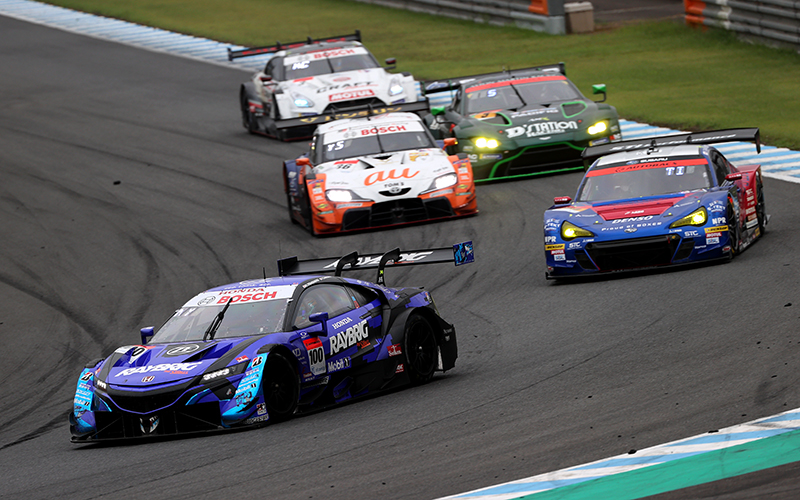
With the announcement of the 2021 series entry list, the expectation of fans for the new season must have risen already. In this edition of SUPERGT.net news, we will highlight key changes and readjustment made in the new 2021 sporting regulations.
*Changes are marked in red in the sporting regulations abstracts.
*These are abstracts of the 2021 sporting regulations, and the explanatory notes and translations were made by the editorial staff of SUPERGT.net.
"Weight-handicap" is renamed to "Success-weight"
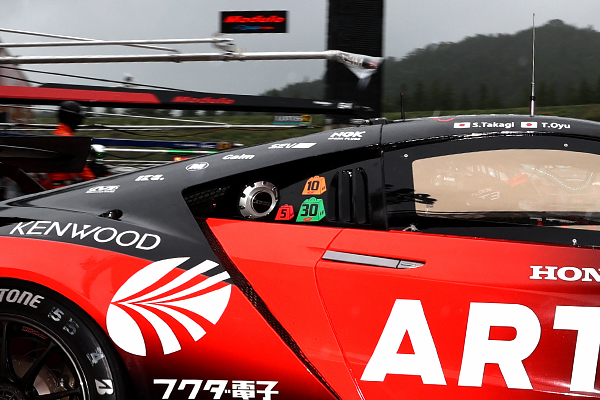
Art. 23 Success-weight System
According to each race’s result, each racing car’s performance will be adjusted (demoted accordingly) for the following race.
1. The drivers' series points accumulated by the drivers registered with the respective car (car number) until the present event will determine the quantity of loading of handicap weight.
1) Until the 6th round (time) of participation in the event in the same season:
*It was called "Weight handicap system" until 2020. Definition of the rule basically remains the same.
"Weight handicap system" was adopted in 1994, the inaugurating year of the Japan GT Championship, to mandate additional weight on the car or equivalent handicap based on the race result and it has been one of the icons of the series, but the name of the rule is changed to "Success-weight system" from this season, and the handicap itself is now called "success-weight". The change is intended to emphasize more than the former name that the handicap is imposed to a team who generated a good result, and similar expression is adopted by other racing series overseas also.
The change is only made in the name, and the format of the handicap and the weight imposed in both classes remain the same as 2020.
GTA becomes the creator of GT300 class technical regulations
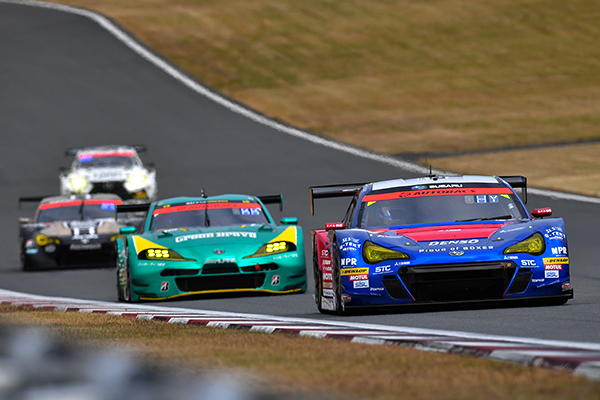
Art. 25 Eligible Cars
1. Eligible car
1) GT500 Class:
*Until 2020, the eligible cars were defined as JAF-GT500, JAF-GT300, and JAF-GT300MC that conformed to respective clauses of the JAF National Technical Regulations.
In the GT300 class race cars, the cars that were defined as JAF-GT300 and JAF-GT300MC (Mother-chassi), which conformed to respective clauses of the JAF National Technical Regulations, until last year will be built based on the GT300 technical regulations defined by GTA from this season. Therefore, the technical regulations are renamed as GT300 technical regulations and GT300MC technical regulations. For the FIA GT3 cars, the technical regulations defined by FIA will continue to be applied.
Aeros regulated for GT300 and GT300MC cars.
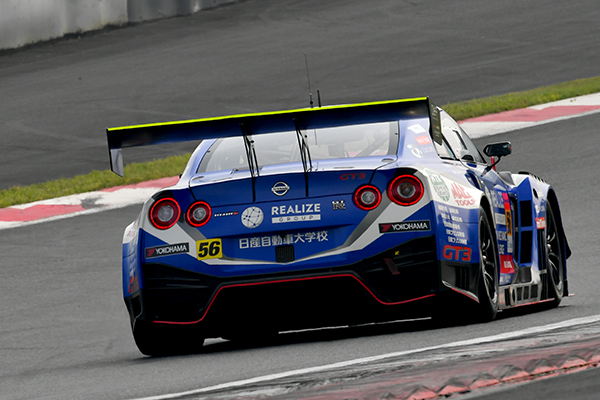
Art. 22 Vehicles and Engines
6. Application of restriction during a season to the specification of aerodynamic parts for GT300/GT300MC cars.
Changes allowed during a season to the parts mentioned below will be limited.
1) Front canard
*There was no such regulations specified for JAF-GT300 and JAF-GT300MC until 2020.
GT300 and GT300MC cars will be limited by the regulations to change the aerodynamic parts during the season from this year. Teams were allowed to change the specification of aerodynamic parts at every race until last year, and it provided them advantage over FIA GT3 cars that were prohibited to change from the initial registration of the car. This gap in rule was revisited and from this season only two types of front canard and rear-wing (combination is allowed within the two types) and only one type of front-diffuser and rear-diffuser are allowed throughout the season for the GT300 cars. GT300MC cars are not allowed to make any changes to the designated parts.
Two-group separation applied to Q1 at all races in GT300 class.
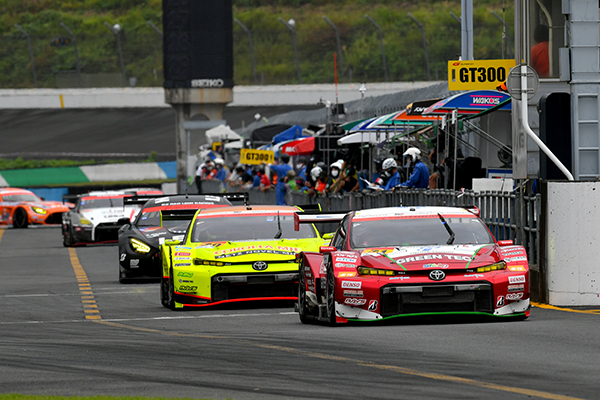
Art. 29 Practice Session (Official Qualifying Practice etc.)
2) Official Qualifying Session
*Until 2020, the rule said "the first qualifying session (=Q1) may be divided into two groups" where decision could be made at each event. "When the official qualifying session does not take place" is newly added statement.
There were two qualifying formats for the qualifying Q1 in the GT300 class until last year, single session with all cars or two sessions with cars divided into two groups, and which format to adopt was decided at each event. Single session with all cars was the standard format adopted, but grouped qualifying was adopted whenever there was a certain condition involving elements such as track, time, etc. However, the grouped qualifying was adopted at all events in 2020 after all, but from this season it is clearly defined in the regulation to adopt the format at all events.
How to determine the starting grid when the official qualifying session could not take place was decided only by the Stewards of the Meeting, but a clear guideline to use lap times of the official practice session is specifically stated from this season.
Above are the major changes in the sporting regulations for 2021, however, there are some more minor changes beside them. These changes are all for improving the safety as well as maintaining the fairness of the competition. We can be sure that all drivers and teams will take on the season opening round at Okayama with a full understanding of these revisions.
Having these revisions in mind can help all SUPER GT fans to enjoy the sports even more as you watch the race, predict the strategy of your favorite team, or even stimulate your imagination as if you are in the driver's seat!
| 4/13-14 | Round1 OKAYAMA | |
| 5/03-04 | Round2 FUJI | |
| 6/01-02 | Round3 SUZUKA | |
| 8/03-04 | Round4 FUJI | |
| 9/21-22 | Round6 SUGO | |
| 10/19-20 | Round7 AUTOPOLIS | |
| 11/02-03 | Round8 MOTEGI | |
| 12/07-08 | Round5 SUZUKA |